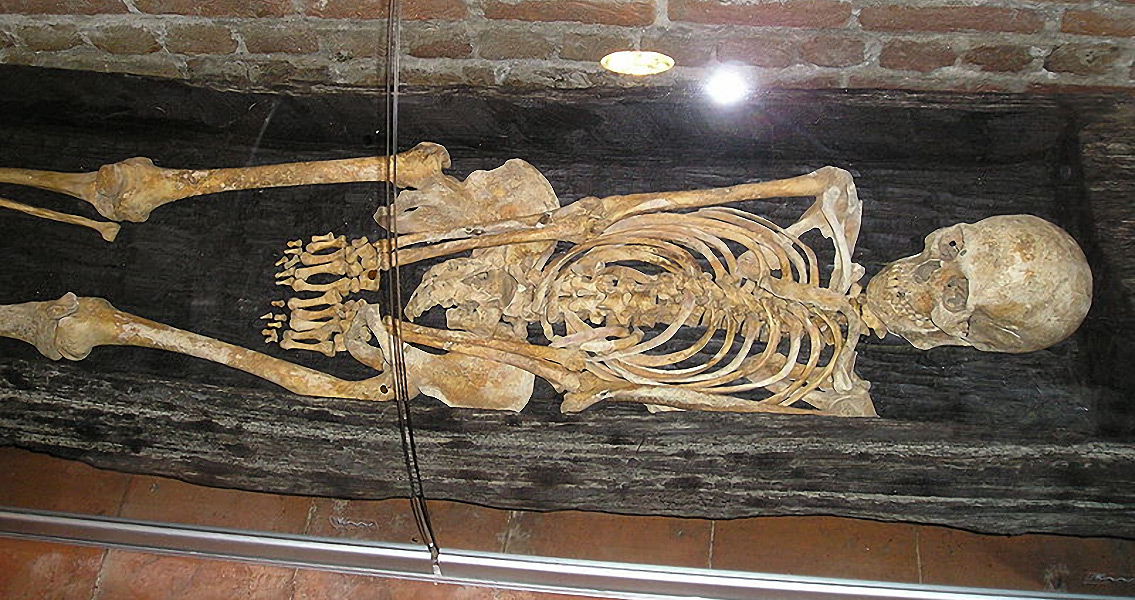<![CDATA[Archaeologists called by the management of a Paris supermarket standing on the grounds of a Medieval hospital, have unearthed at least 200 skeletons in eight mass graves. The researchers believe that there may be more bodies underneath the ones discovered so far. What makes this find so unique is that no mass graves of such proportion have ever been discovered in the centre of the French capital. The story started with plans by the supermarket, Monoprix, to turn part of its cellar into storage space. Knowing that there used to be a hospital on the site in the Middle Ages, the store called in researchers from the Institute of Preventative Archaeological Research (Incap) to go through the space. Although they expected to find some human remains, the actual scale of discovery was a surprise for the team, because most human remains from medieval hospital cemeteries were transferred to the ossuaries in the Paris catacombs some two centuries ago. The hospital itself was destroyed in the beginning of the nineteenth century. The question of why these bodies were not disinterred to the catacombs remains open. The team, which has two weeks to finish its work and remove the skeletons from the supermarket grounds, believes the most likely cause of death was an outbreak of some sort of famine. Eight graves have been found so far, with one of them containing 150 skeletons, and the rest between five and 20 bodies each. Among the graves are the remains of men, women, and children. The team’s leader, Isabelle Abadie, told news sources that besides the surprise nature of the discovery itself, the researchers had not expected to find the bodies so neatly buried - head to toe, apparently for space considerations, and some of them with arms crossed, suggesting they may have been wrapped in cloth. Since the bodies are located within an area spanning some 100 sq m, Abadie added that there may be another layer of skeletons below this one. The hospital, initially called Hopital de la Croix de la Reine and then renamed to Hopital de la Trinite, according to the Guardian, was built in 1202. It was a poor people’s hospital that also doubled as accommodation for pilgrims arriving in Paris after the city gates were closed for the night. The land around it started being used as a cemetery a century and a half later. In the mid-1700s, the hospital became an orphanage and remained so until its shutdown during the French Revolution. It was eventually destroyed in 1817 by its owners. During the Middle Ages, Paris, like most big cities of the time, was frequently hit by various outbreaks that lead to sharp and significant increases in mortality. Smallpox and the plague were regular “guests” that decimated the population. To make matters worse, the Seine used to frequently flood, and famine reigned supreme for much of that period. The Incap team has already started doing DNA analysis of the bones in order to determine the cause of the people’s death. They are also carbon dating the skeletons, expecting them to cover the whole span of the hospital’s existence, from the twelfth to the seventeenth century. Image courtesy of Wikimedia commons user: Vincent de Groot]]>
Medieval Mass Graves Revealed Under Paris Supermarket
